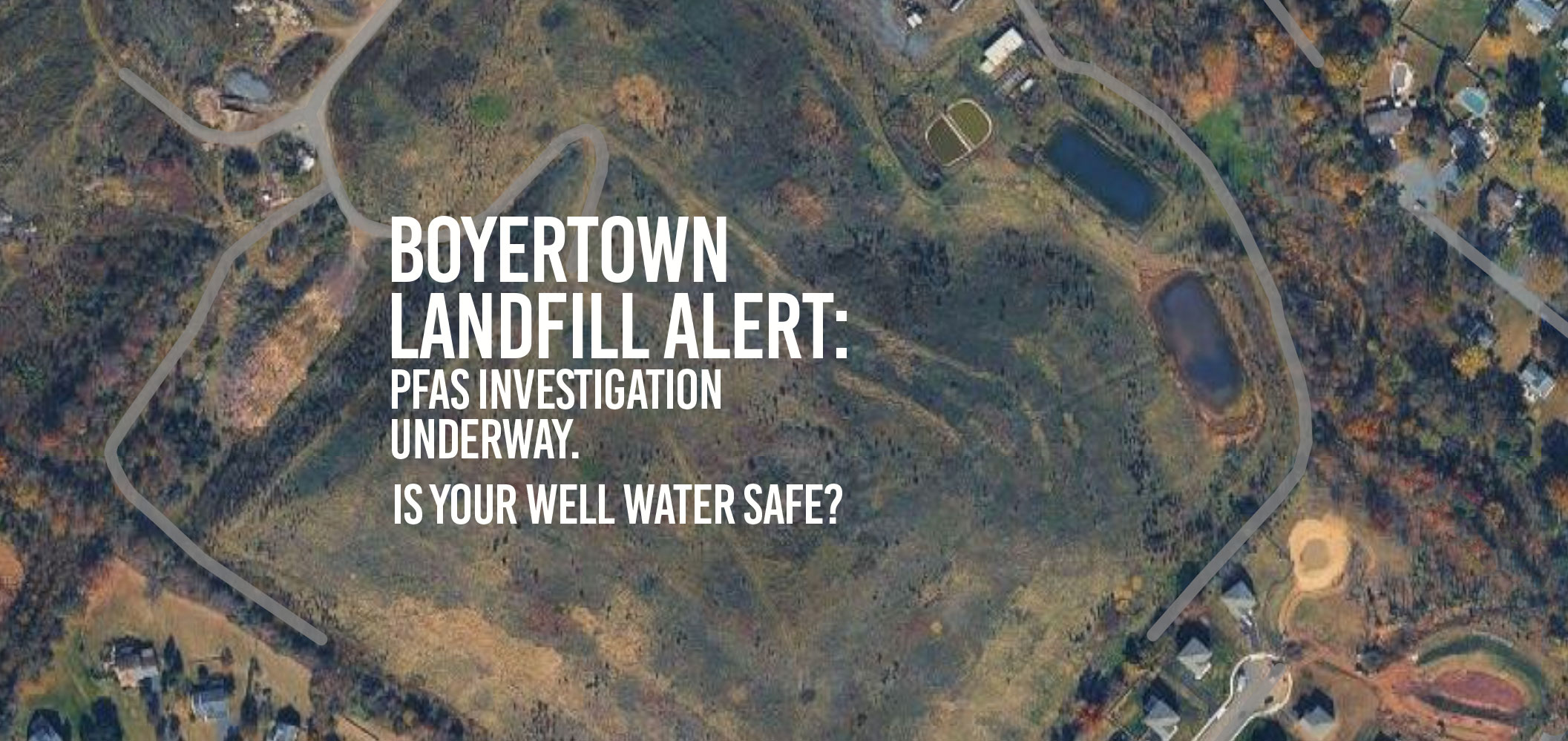Your tap water might look crystal clear, but don’t let it fool you. Hidden deep inside your plumbing could be bacteria, metals, and chemicals you can’t see (or smell), but your body definitely can. This October, we’re pulling back the curtain on the real monsters in your water. Forget haunted houses, your pipes might be the scariest place in your home.
The Microbial Menace: Bacteria That Multiply in the Dark
Not all water is as clean as it appears. Bacteria like E. coli, coliform, and Legionella can quietly grow inside your plumbing, especially in untreated wells or pipes that don’t circulate water often. Once they multiply, they can lead to everything from unpleasant odors to serious health concerns.
Even small colonies of bacteria can create big problems, slimy biofilm buildup, cloudy water, and that musty “old basement” smell coming from your sink. The good news? A UV disinfection system can stop these invisible invaders before they ever reach your tap.
🔗 Learn more about protection with a UV System Installation.
Heavy Metal Horror: Lead, Copper, and Iron in Disguise
Here’s a scary thought: the most dangerous contaminants are the ones you can’t see. Metals like lead, copper, and iron can slowly leach into your water from aging plumbing or corroded well components.
Signs of trouble often start small: metallic-tasting water, blue-green staining in sinks, or rust-colored marks in tubs and toilets. But the long-term effects of exposure can be serious, especially for children. Even low levels of lead can affect brain development and cause lasting health issues.
Protecting your home starts with balancing the pH of your water to prevent corrosion. That’s where an acid neutralizer system comes in.
🔗 Discover how Acid Neutralizer Installation keeps your plumbing (and family) safe.
🔗 For more details on health risks, visit the EPA’s guide to lead in drinking water.
The Rotten Egg Riddle: Hydrogen Sulfide & the Smell of Decay
If your water smells like rotten eggs, it’s not your imagination. It’s likely hydrogen sulfide gas. This odor comes from naturally occurring bacteria or chemical reactions within your well or water heater. It’s harmless in low concentrations but can make your home smell like a haunted swamp.
Besides the smell, hydrogen sulfide can corrode plumbing fixtures and stain silverware and laundry. Luckily, the solution is simple: proper filtration and aeration to remove the gas before it enters your plumbing system.
🔗 Explore odor-removal solutions with Sulfur Filtration Installation
The Unseen Invader: PFAS — The Forever Chemicals That Never Die
They’re called “forever chemicals” for a reason. PFAS, short for per- and polyfluoroalkyl substances, don’t break down in the environment or in your body. Used for decades in non-stick pans, water-resistant fabrics, and firefighting foams, these chemicals have been found in groundwater throughout Pennsylvania, including parts of Horsham and Warrington.
Exposure has been linked to immune suppression, thyroid problems, and certain cancers. The scariest part? You can’t see, taste, or smell them.
Reverse osmosis filtration is one of the most effective ways to remove PFAS and other microscopic contaminants.
🔗 Learn how Reverse Osmosis Installation provides pure, great-tasting drinking water.
🔗 Visit the EPA’s PFAS Resource Page for national updates and health guidelines.
💀 Scary Fact
PFAS chemicals can stay in your bloodstream for years, even decades, once they enter your system.
Don’t Let These Monsters Win
The scariest part about water contamination? You might never know it’s there, until it’s too late. But there’s nothing to fear when you have the right experts on your side.
🧪 Get peace of mind before the next fright. Schedule your complimentary water analysis with Dierolf Plumbing & Water Treatment today, because clean water shouldn’t be a mystery.
Read More
How Water Quality in Philadelphia and Its Surrounding Suburbs Impacts Your Coffee and Tea Experience
Coffee and tea lovers tend to obsess over beans, leaves, grind size, temperature, steep time, and equipment. These details matter, but they overshadow one of the most important parts of the brewing process. The water [...]



